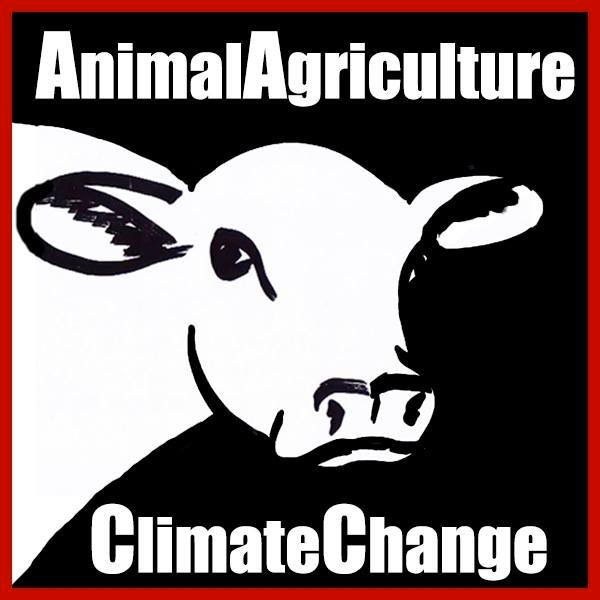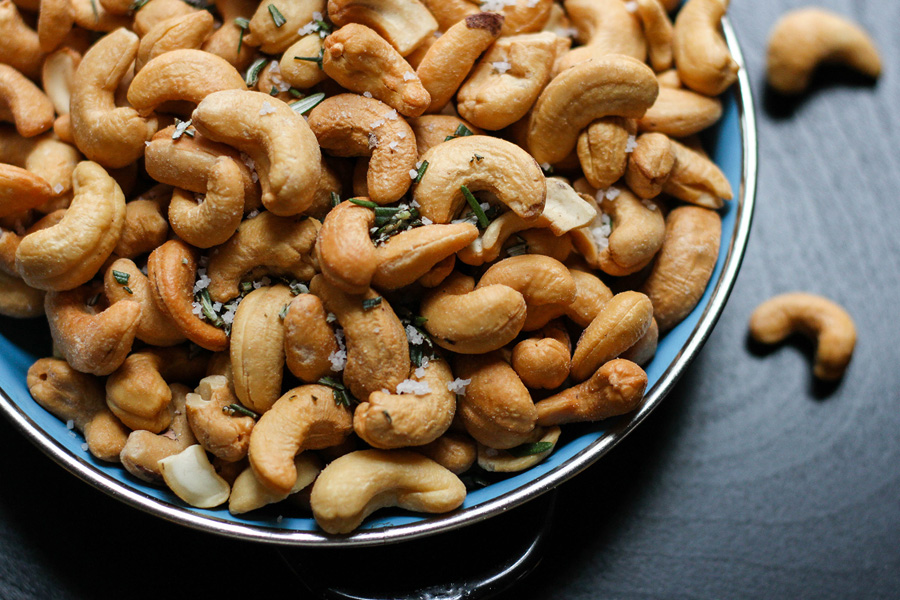If you’re concerned about eating foods sourced sustainably and ethically, here’s a round-up of some of the foods to be aware of or steer clear of in 2020.
Today, consumers have more information available than ever, but a plethora of labels, conflicting academic studies and investigative reports make it difficult to keep track of foods whose production has contributed to drought or deforestation, exploited or injured workers and animals, or the decline of species.
Here’s a round-up of some of the foods to be aware of or steer clear of in 2020.
Avocados
Heard of blood diamonds? Well how about blood avocados? Mexico is the king of the world’s avocado production and most of that is concentrated in the state of Michoacan, which is controlled by drug cartels who often force formers and landowners to give up a percentage of their income, enforcing a tax on fruit sold and land owned and, even, murdering those who won’t pay up.
Avocados also get a bad rap for contributing to droughts in places such as California and Chile. Avocados require two to three times more water than potato farming and, because California is not naturally tropical, it takes 272 litres of water to grow just half a kilo of avocados.
Whitebait
It’s been called “white gold” but stocks are running out of this fishy delicacy. For a while now, Forest & Bird has been warning that NZ’s whitebait stocks are at critical levels, thanks to habitat loss, weather issues and good old overfishing (it’s expected four out of five species will be extinct by 2050). They’re calling for a ban on commercial sales so maybe 2020 should be the year we should put down the whitebait fritters and walk away.
Almonds
Speaking of a major water suck, those healthy snacks in your desk drawer have also been blamed for the droughts California has been experiencing over the past few years. The sunshine state produces 82 per cent of the world’s almonds, many of which have been planted to meet the increasing global demand for almond milk. This year-round crop consumes about 8 to10 per cent of California’s agricultural water supply.
Cashew Nuts
While we’re on the subject of nuts, this kidney-shaped superfood also has issues. Thanks to the rise in vegan foodstuffs such as plant-based milks, nut butters and even vegan cashew cheese, the demand for these nuts has gone through the roof.
But here’s the thing: cashews can be tricky little devils to extract. Before you get to the fruit, you first have to go through two very hard shells, avoiding the harmful cardol and anacardic acid liquid they contain. As a result, many workers in India and Vietnam who shell the cashews by hand, often end up with debilitating burns to their hands.
The winner in this nut-based dilemma is peanuts. Experts say peanuts are a naturally sustainable crop that uses little water, has nitrogen-fixing properties and, when planted in rotation with other crops, can reduce soil erosion.
Octopus
From the Mediterranean to Japan, these many-legged marine creatures life are considered a delicacy, and demand is growing. To meet that demand, countries such as Spain and Japan are raising octopuses in artificial conditions such as tanks, pens and large sea farms. But as scientists from New York University have pointed out, there are environmental and ethical reasons we shouldn’t be doing this.
Firstly, there’s already a wealth of research showing octopuses are some of the most complex and intelligent animals in the ocean, capable of recognising individual human faces and solving problems, as well as feeling pain and suffering. Farming them, say scientists, depends on tightly controlled environments which are anathema to the curious and active octopus, which is more likely to catch infections, become more aggressive and have a high mortality rate when reared in farmed conditions.
And then there’s the environmental impact of octopus farming: scientists say the amount of feed needed to sustain and grow an octopus is three times the weight of the animal itself and, given that octopuses are carnivorous and live on fish oils and protein, rearing them risks putting further pressure on an already over-exploited marine ecosystem.
Fish
There are plenty more fish in the sea, goes the old saying. But are there? According to the International Union for Conservation of Nature’s (IUCN) “Red List” of endangered species, 1414 species of fish, or 5 per cent of the world’s known species, are at risk of extinction. While habitat loss and pollution are significant factors in the decline of these species, the greatest threat by far is overfishing. This includes blue-fin tuna and cod. New Zealand’s fisheries are among the world’s most sustainable, so stick to seafood sourced locally to get your fix.
Another ethical issue is a phenomenon known as “by-catch”, where many animals not meant to be caught end up trapped. The UN estimates that between 20-25 per cent of all sea creatures are victims of by-catch, including up to 300,000 small whales, dolphins and porpoises that get tangled and killed in this manner each year. The World Wildlife Fund estimates the single biggest threat to sea turtles is by-catch.
Beluga Caviar
You probably won’t be spending up to $6218 per 500g of fish roe anytime soon, which isn’t a bad thing, because the Beluga sturgeon fish, whose eggs have been called the finest and most expensive caviar on earth, is actually endangered.
Native to the Caspian Sea, these ancient fish can grow to 4.5 metres in length, weigh more than a tonne and live to be 100 years old. Due to the popularity of their eggs, they’re heavily overfished – typically with gill nets. This is particularly problematic because this species doesn’t reach sexual maturity until 20 or 25 years of age. The bad news doesn’t stop there: Beluga sturgeon also suffer from habitat reduction, having lost 90 per cent of their historic spawning grounds over the past few decades.
Chocolate
With many big-brand bars containing palm oil, soy and cocoa, there’s plenty here that falls into the unethical basket.
For starters, palm oil, an edible oil derived from the fruits of the oil palm, is used in possibly every foodstuff you can care to name, from margarine and sauces to crackers and baked goods. But palm oil plantations require huge deforestation, forcing families off their land and hurting species such as orangutans. Thanks to palm oil cultivation, Indonesia, which produces the lion’s share of the world’s palm oil, has now become one of the world’s largest producer of greenhouse gases.
Soy also has its issues. In Brazil and Argentina, soy-farming is said to fuel deforestation, with almost four million hectares of forests in the Amazon and Gran Chaco destroyed every year to farm soy for human and animal consumption (vast sums of the legume are used as protein-rich feed for chickens and cows). As for cocoa, most of it comes from small growers in Cote d’Ivoire and Ghana, who can suffer when the price for the brown gold fluctuates. The 2018 Cocoa Barometer found that, on average, Cote d’Ivoire cocoa farmers earned only 37 per cent of a living income.
Deforestation also rears its ugly head here, with 90 per cent of West Africa’s original forest gone, thanks partly to the demand for cheap cocoa.
The good news is you don’t have to give up your sweet tooth. Just check the labels and – wherever possible – buy organic, local and as directly from the chocolate producer as you can.
Chicken
“I feel like chicken tonight,” ran the old advert. You might not after reading this. Putting aside the well-publicised cruelty of raising animals in confinement and the sometimes inhumane methods of slaughter, there’s also the human health impact.
Consumers who think switching from red meat to white meat is better may be fooling themselves, says US physician Dr Michael Greger, whose research found that the impact of beef on human cholesterol isn’t necessarily much worse than that of poultry and fish. “Many people swap red meat for chicken in a bid to lower their cholesterol levels, but switching from red meat to white meat doesn’t make any difference to cholesterol,” says Greger.
And then there’s the environmental aspect: poultry slaughterhouses have been shown to release large amounts of waste into the environment, polluting land surface waters and sometimes affecting the quality of drinking water.
Prawns
Throwing another prawn on the barbie just got a little more complicated. Large prawns – the king and tiger versions – are farmed in warm waters in places such as Sri Lanka, Thailand and Madagascar, where production has been blamed for the major destruction of mangrove swamps. Giant river prawns are particularly troublesome, given the fact their production has been shown to seriously deplete wild stock.
Experts suggest saying no to large prawns and opting for their smaller, cold-water cousins.
Quinoa
This low-fat, high-protein grain has become a by-word for healthy living. But the increase in demand has had a detrimental effect in Peru and Bolivia, where the grain is farmed.
The hike in prices has pushed quinoa farmers out of their own marketplaces. According to Peru’s Ministry of Agriculture, the price of quinoa in Peru rose more than 500 per cent between 2005 and 2014, while production grew from 32,590 to 114,725 tonnes in the same period. But now, the very people who’ve eaten quinoa for around seven centuries can no longer afford their staple cuisine and are reportedly turning to cheaper imported junk food.
Meat and dairy
In recent years, red meat has come to be hailed as one of the biggest enemies of climate change.
There are around 270 million dairy cows in the world and all of them contribute to climate change as their manure produces greenhouse gas emissions. In addition, poor handling of manure and fertilisers can degrade water resources, while unsustainable dairy farming and feed production can lead to the loss of ecologically important areas, such as wetlands and forests.
Original source: www.stuff.co.nz

